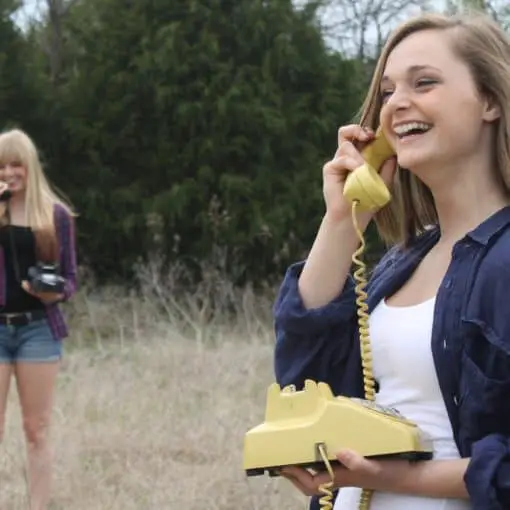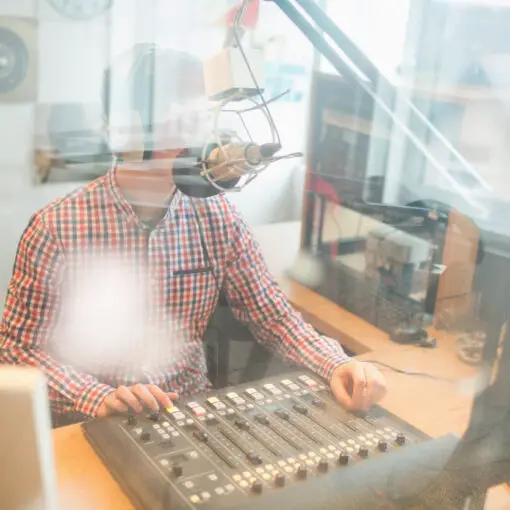Millions of people around the world participate in amateur radio contests. Contests can be exclusive to a certain region or held at a global scale.
World Radiosport Team Championship (WRTC) is one of most well-known amateur radio competitions. This event is exclusive to operators invited based on records of wins in other amateur contests. In some cases, ham radio committees get to choose the participants.
The event was first held in Seattle in July 1990. All the stations used by the competitors were located in Seattle, Washington. However, the participants came from different continents of the Earth. The following championships were held in other places like Moscow, Slovenia, and Finland.
Volunteers and other hams organize each WRTC event. Prizes are provided by sponsors as well as sourced from the local amateur radio committee.
The IARU HF World Championship is another worldwide contest sponsored by the International Amateur Radio Union. It was previously known as the IARU Radiosport Championship in 1977 until they changed it in 1986.
The International Amateur Radio Union has been serving as the representative of the entire amateur radio community since 1925. They monitor amateur radio frequencies to avoid intruders or interference during events.
While the WRTC and IARU HF World Championship are indeed impressive, you’re probably wondering whether one of them is the largest global competition. Well, it’s actually the CQ WW. Over 35,000 hams participate in the event every year. Games are traditionally held in the last weeks of October and November.
Just to be clear, the events stated above vary in frequency bands and call signs used. There are also local events held for beginners, and these can be used by hams to qualify for bigger competitions.
During World War II, millions of people made use of the radio to know the latest news. People would operate their radio to send information to others using short-wave frequency. As time passed, and with the war finally over, radio operating turned into a hobby.
Amateur radio is a popular hobby in which a person operates on his/her own radio. This activity is often called ham radio, and the operator is frequently referred to as hams.
A Hobby with Purpose
Almost a million people have operated their own radio stations. One can easily pick a conversation between radio amateurs on a short-wave band of a radio receiver. Listening to them requires careful tuning because the power of ham transmitters is much lower than those of broadcasting stations.
Hams can send messages by voice or international Morse code to other radio operators. Ham radio has been used to converse with people from anywhere. It also had a long history of assisting in emergencies.
Typhoons, tornadoes, and flood can interrupt telephone service and other communication means. Radio amateurs often bring and use their radio to reestablish communication during disasters.
Unlike most hobbies, ham radio requires a license in most countries. Ham radio shares the same frequency with airlines, armed forces, and television broadcasters. Thus, it’s important that everyone follow regulations to avoid interfering with other stations.
This hobby soon gave way to competitions among fellow operators. An amateur radio contest (aka radiosport or contesting) is a competitive activity among radio operators done as a group or individually. The main goal is to communicate with as many stations as possible in a given time.
As easy as it sounds, there are sets of rules to follow. The competition would occur in a limited range of short-wave frequency. Specific information should be exchanged to the other station. Also, some competitions require the use of Morse code or different types of communication.
The number of stations contacted would serve as a point. The team or competitor with the greatest number of stations reached wins. To add to the prestige of winning, the victors of such competitions are often featured in magazines and on websites.
At its very core though, an amateur radio contest is held to improve the skills of everyone involved. It allows them to practice and discover the best ways of obtaining essential information in a short period of time. These skills are deemed vital in dire situations like emergencies.
Looking into its History
Amateur radio essentially began during the early 1900s. In 1901, Guglielmo Marconi successfully transmitted signals across the Atlantic Ocean. Specifically, the Italian inventor managed to send a radio signal from England to Newfoundland.
Marconi’s action encouraged many others to set up their own stations and begin conversing with people over the airwaves. By 1912, many radio stations were formed, creating conflicts with other private stations. Because of this, radio law was implemented to avoid further interference.
Amateur stations and some private ones were restricted to short-wave frequencies. These frequencies were considered of little value in communication. But, hams soon showed the importance of short-wave frequency for long distance communication.
Amateurs pioneered the development of radio in many ways. In 1919, a ham named Frank Conrad used his station in Pennsylvania, USA, to transmit recorded music for the entertainment of people in the area.
His station even reached people using crystal sets. Crystal sets are a kind of radio that does not have any battery or external power source. It only relies on the power of the received signal.
Frank Conrad’s feat in using amateur radio paved the way for commercial radio broadcasting. In the late 1930s, U.S. Radio amateur Grote Reber built the first radio telescope with a dish aerial and received noise from outer space.
A radio telescope is an instrument that collects and measures faint radio waves given off by objects in space. It can also detect weaker electromagnetic waves.
In 1961, the first ham radio satellite, Orbiting Satellite Carrying Amateur Radio 1 (OSCAR 1), was launched. Oscar 1 is also the first nongovernmental and noncommercial satellite. The first direct satellite communication between the Soviet Union and the United States took place via the Oscar 4 amateur radio in 1965.
Short-wave frequency communication eventually became a form of entertainment. Soon, fellow operators challenged each other in obtaining information from other stations.
Pursue a New Pastime
Given the rich history and sheer usefulness of amateur radio, it’s no wonder that many choose to pursue it as their hobby. So, don’t hesitate to try it firsthand and maybe, you’d eventually find yourself entering competitions held at a global scale.





